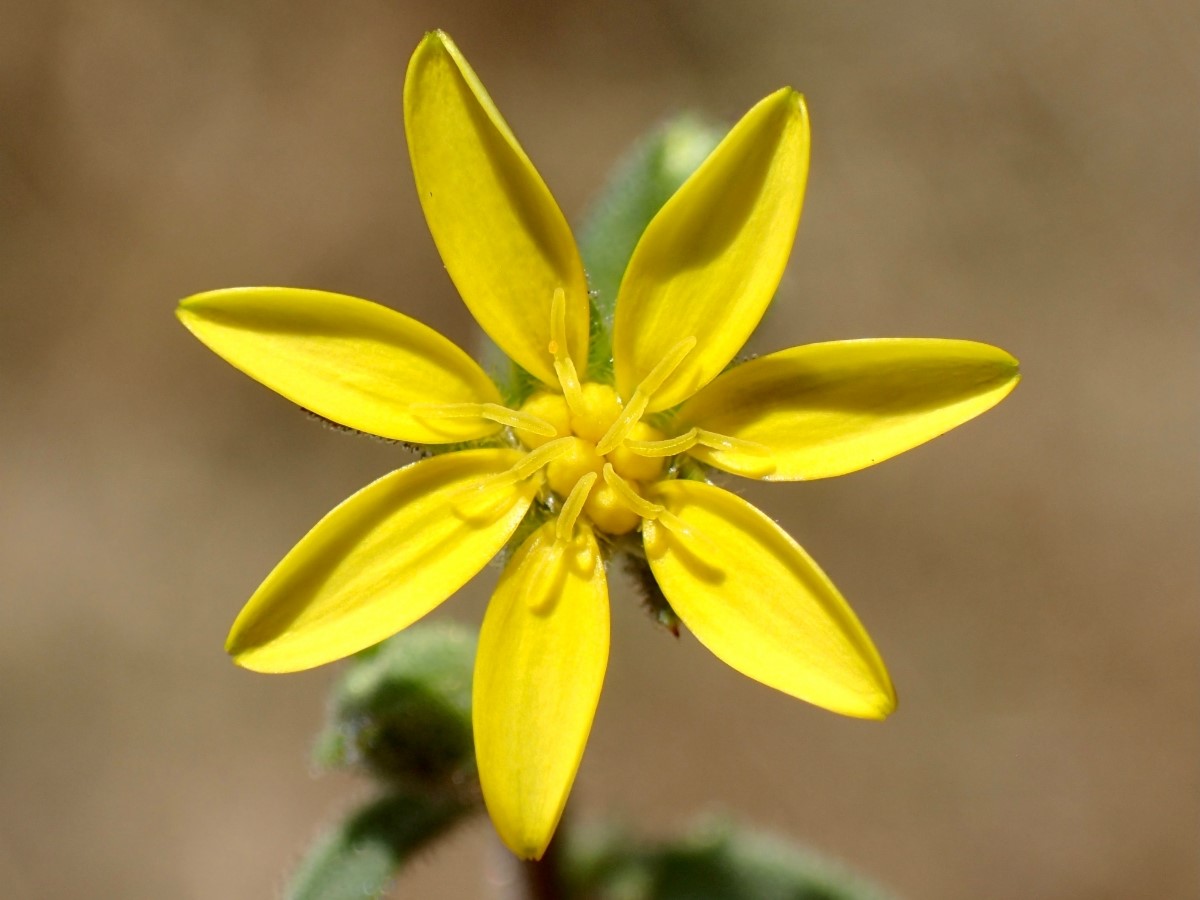Created on: Thursday, Nov 17th, 2022
Information about this plant is sparse in the literature, with even less documentation about it ecology or possible invasiveness. There is documentation of the taxonomy, but very little about life history details, such as germination, dispersal, impacts to ecology, etc. The few references in the bibliography are therefore repeated across several of the questions and in most instances provide only small insights to the specific question/issue. Much of this lack of information and the resulting inferences accounts for the low confidence.
It is worth noting that the California plants do have morphologically unusual fruits, with only occasional and poorly developed wings. This is unlike the plants described from South Africa and Australia, with more well developed wings on all fruit. This somewhat unique seed morphology was noted by CDFA in their 2022 Pest Rating Proposal.
Perhaps most important is the unique behavior of the species in California. We are seeing this plant grow and spread here in ways that have not been described from the other two areas it has established (Australia and Hawaii). Dr. Christopher McDonald (UCCE) has had personal contacts with several botanists in Australia who have recorded this species and their description of the populations there (in both western Australia and southern Australia) are unlike what we are finding in California. In Australia the botanists have described solitary plants or a few patches of plants, and have not seen the dense patches we are seeing in California. They typically find a few plants growing long distances from known populations. There is one report in iNaturalist where a patch of plants is growing in a density that is still lower than in CA https://www.inaturalist.org/observations/154751850, the rest of the photographs are not dense infestations.
In California, if left untreated we are seeing large amounts of seedlings germinating and dense mats of growth. Christopher has not been able to find anyone who has recently seen this plant in Hawaii (the original collector is deceased), which again points to its acting differently in California. Because this plants is behaving differently in California than in Australia and Hawaii, it makes relying on the few reports for this species problematic.
This species occurrence in Laguna Beach (if not extirpated) could be a laboratory to better understand its invasive status, at least in California's Mediterranean climate.
- < 13 : Low Potential Risk
- 13 - 15 : Moderate Potential Risk
- > 15 : High Potential Risk

